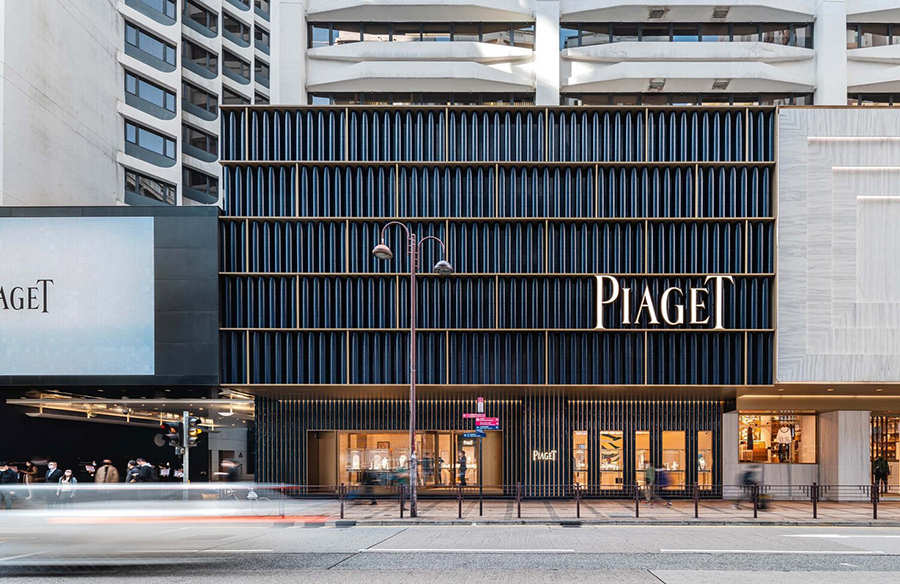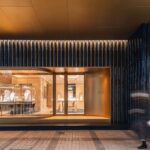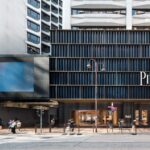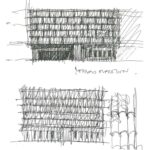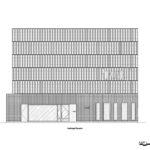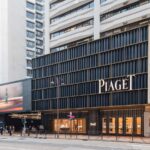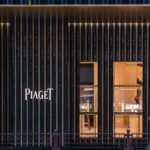Architectural Inspiration
Neri&Hu Design and Research Office’s design for Piaget’s flagship boutique on Canton Road in Hong Kong draws inspiration from the rich architectural heritage of Kowloon. The design pays homage to the region’s craftsmanship, particularly its watchmaking legacy.
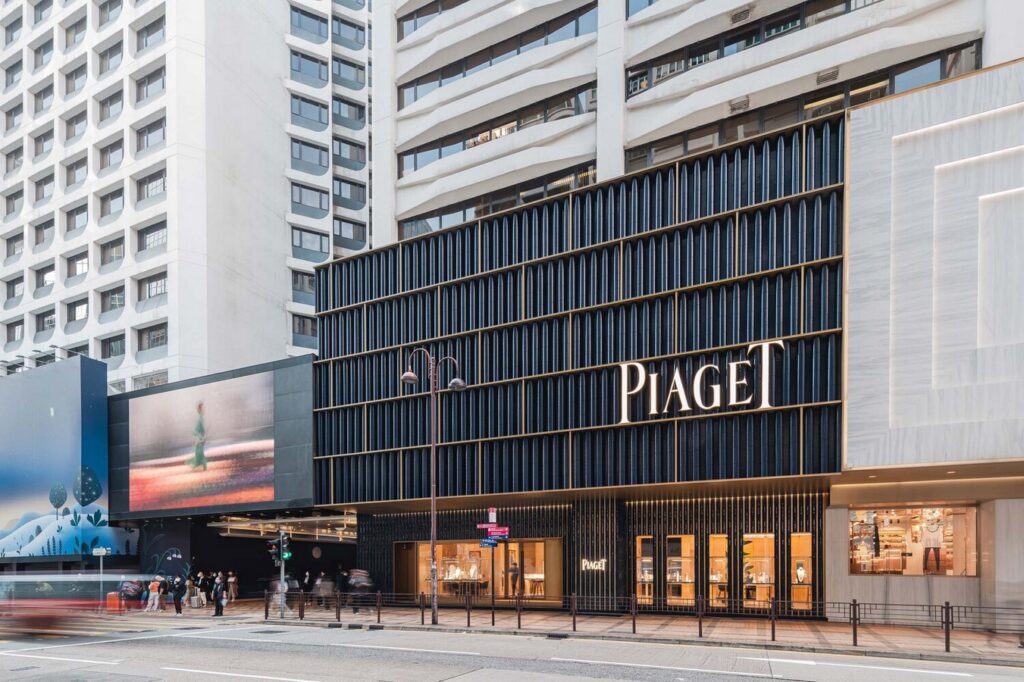
Bespoke Design Elements
Central to the boutique’s architectural presence are bespoke ceramic tiles glazed in shades of blue, complemented by customized metals and concrete. These elements are intricately woven together, akin to the craftsmanship found in an exquisite timepiece. The boutique is envisioned as a jeweled urban monument, redefining the commercial façade with its monumental presence.
Contextual Response
Neri&Hu’s approach to the project was influenced by Piaget’s dedication to craftsmanship and innovation, as well as the site’s location in the historic wharf area of Kowloon. The material selections, including metalwork referencing the site’s industrial past and ceramic tiles sourced from Jingdezhen, reflect the district’s vibrant history of trade and culture.
Integration of Craft and Memory
The design concept aligns with Aldo Rossi’s notion of memory in architectural structures. By incorporating authentic crafted materials and integrating them with the urban fabric, the boutique becomes a part of the collective memory of the city, symbolizing its cultural heritage and values.

Creating Elegance in Chaos
Canton Road, synonymous with luxury retail in Hong Kong, often faces challenges with chaotic storefront conditions. Neri&Hu’s design introduces a sense of calm and elegance through meticulously crafted materials, enhancing Piaget’s presence amidst the retail chaos. The combination of handmade ceramic tiles and bronze framing injects Piaget’s DNA into its new home on Canton Road.
Architecture as Cultural Symbol
The boutique’s design reflects the notion of architecture as a cultural symbol for the city. Much like civic monuments of ancient times, it serves as a mirror to Hong Kong’s shared heritage and values, reinforcing the significance of craftsmanship and design in the urban landscape.


